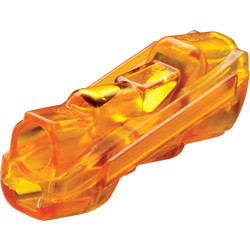I simply missed out the word also.
Two concerns:
mixed cables in the trunking where open connections are present
ALSO
the need to provide a method to prevent the conductors in the connections being subsequently pulled out by, perhaps, other cabling being pulled through at a later time.
Two concerns:
mixed cables in the trunking where open connections are present
ALSO
the need to provide a method to prevent the conductors in the connections being subsequently pulled out by, perhaps, other cabling being pulled through at a later time.


